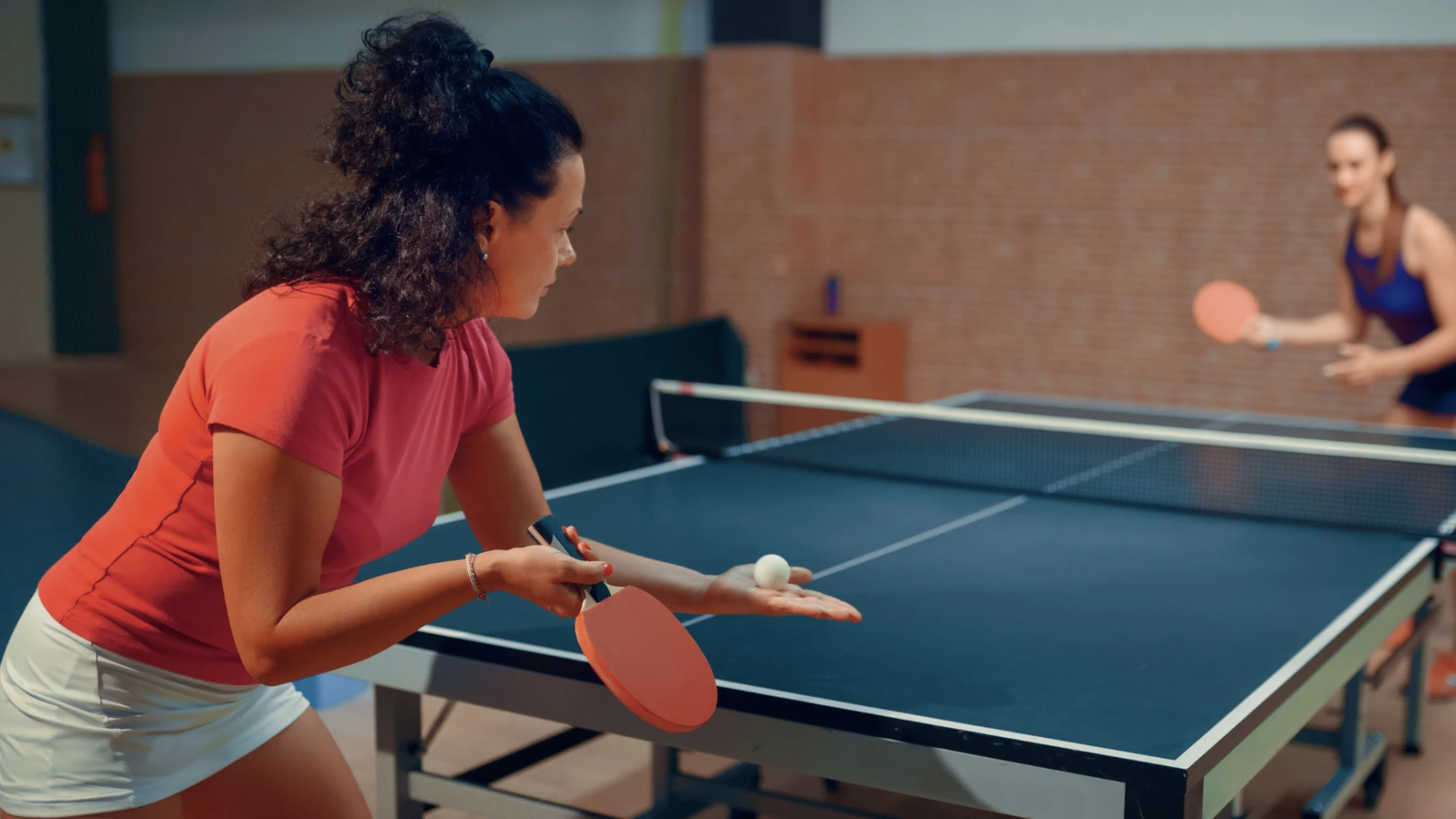Pickleball has conquered the world with its easy accessibility and fun nature. Often presented as a gentle alternative to more intense racket sports like tennis, it attracts players of all ages. And it's a fact: thanks to its small playing surface and the lightness of its ball, pickleball generally puts less strain on the body. But even though it is considered a low-risk sport, some injuries can occur, often due to a lack of preparation or poor technique. Here is an overview of the risks you should know about to play safely.
A Low-Impact Racket Sport
Pickleball's reputation as a low-impact sport is well-deserved, and this is due to several factors:
The court: The pickleball court is much smaller than a tennis court, which means fewer long runs and sprints. Movements are mostly lateral and short, reducing the pressure on the knees and ankles.
The ball: The pickleball is a perforated plastic ball and much lighter than a tennis ball. It travels more slowly, which gives players more time to react and reduces the shock on impact to the arm.
The paddle: Although it is solid and stringless, the paddle is lightweight and designed for low-speed hits, which does not cause the same vibrations as tennis rackets that absorb the power of strokes.
The Most Common Pickleball Injuries
Despite its characteristics, pickleball is not without risks. Short and sudden movements can lead to problems, especially for players who are not well-prepared.
Overuse injuries: One of the most common injuries is "pickleball elbow" (similar to tennis elbow). It is caused by repetitive hitting and the lack of flexibility in the paddle. Shoulder and wrist pain can also occur for the same reasons.
Injuries related to sudden movements: Rapid changes of direction, sudden stops, and pivots on sand or knees can cause ankle sprains and strains.
Falls: Falls due to imbalance, poor distance estimation, or a slippery surface can lead to knee or wrist injuries.
How to Prevent Injuries: Essential Tips
The good news is that most pickleball injuries can be avoided by following a few basic rules.
Warm-up: Before playing, warm up for 5 to 10 minutes. Do shoulder and wrist rotations, lunges, and squats to prepare your muscles.
The right equipment: Invest in good shoes designed for racket sports. They provide essential lateral support for side-to-side movements.
Technique: Learn the proper movements. Hit the ball with your whole body, not just your arm.
Listen to your body: Do not play if you feel pain. It is better to take a break than to worsen an injury.
Strength training: Regularly work on strengthening your arms, legs, and core to improve your stability and hitting power.
Conclusion: A Safe Sport, if You Are Careful
Pickleball is a fantastic, friendly, and generally safe sport, especially for older players. Its low physical impact is an undeniable health benefit. However, prevention is key. By warming up correctly, having good equipment, and listening to your body, you will minimize the risks and be able to fully enjoy every match.




Comments